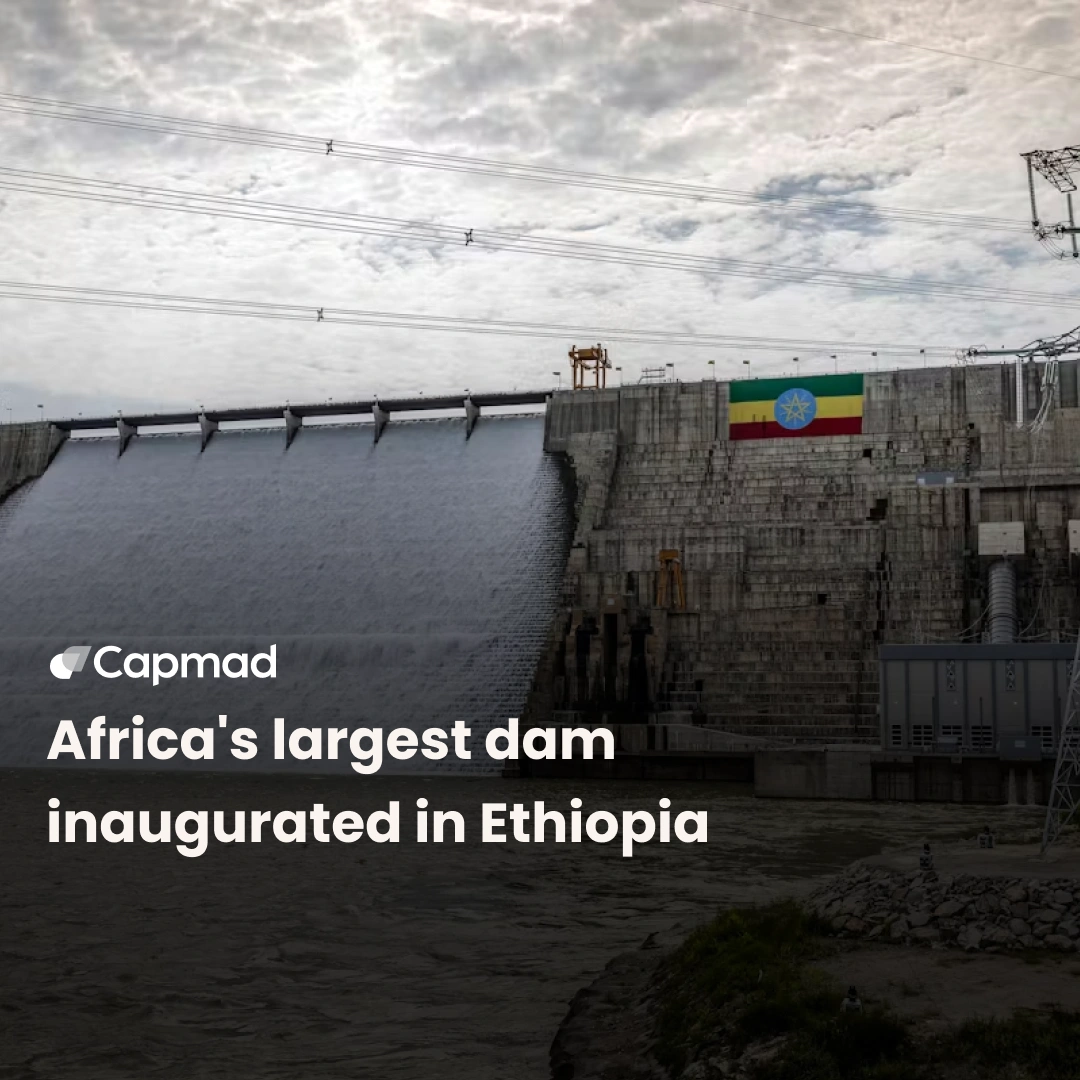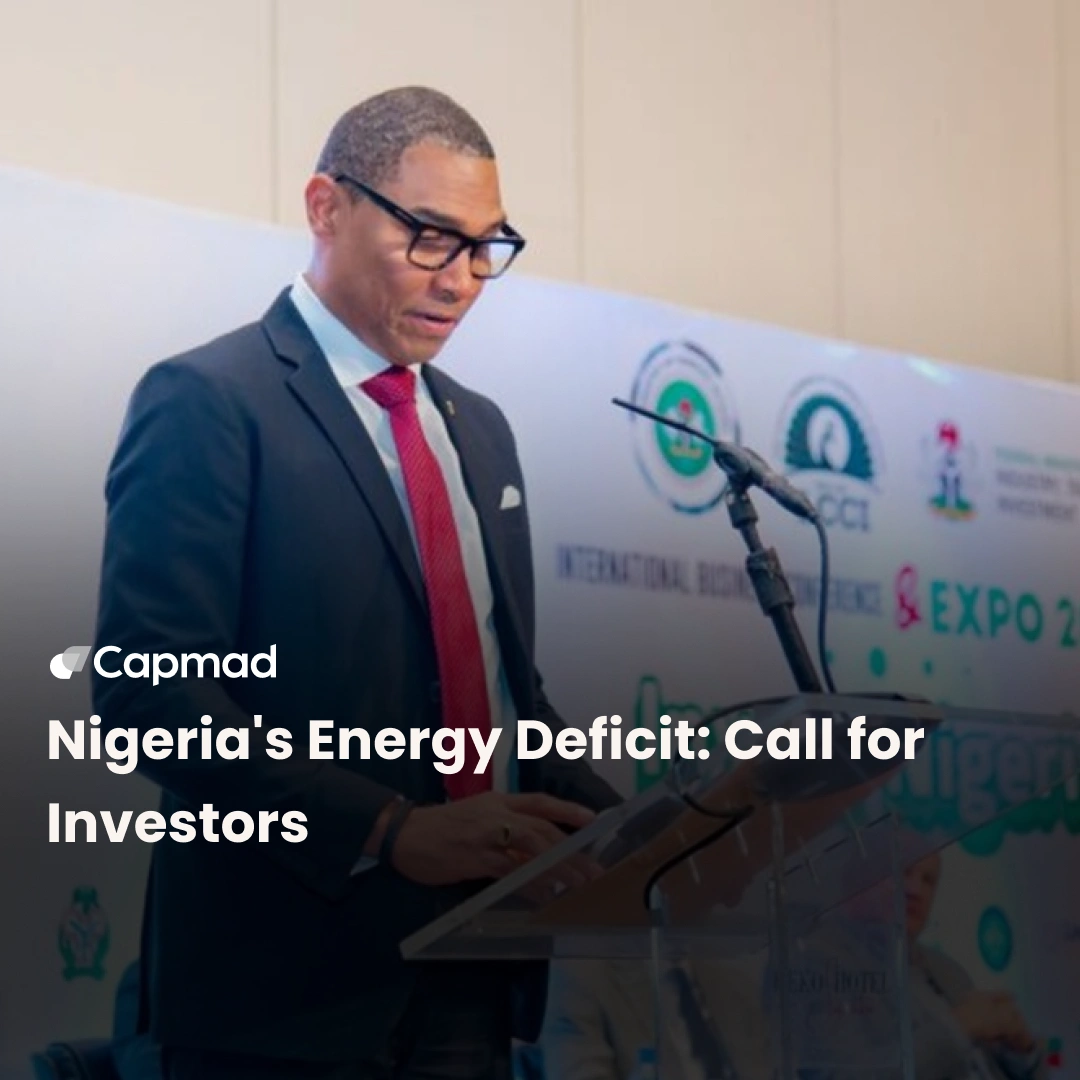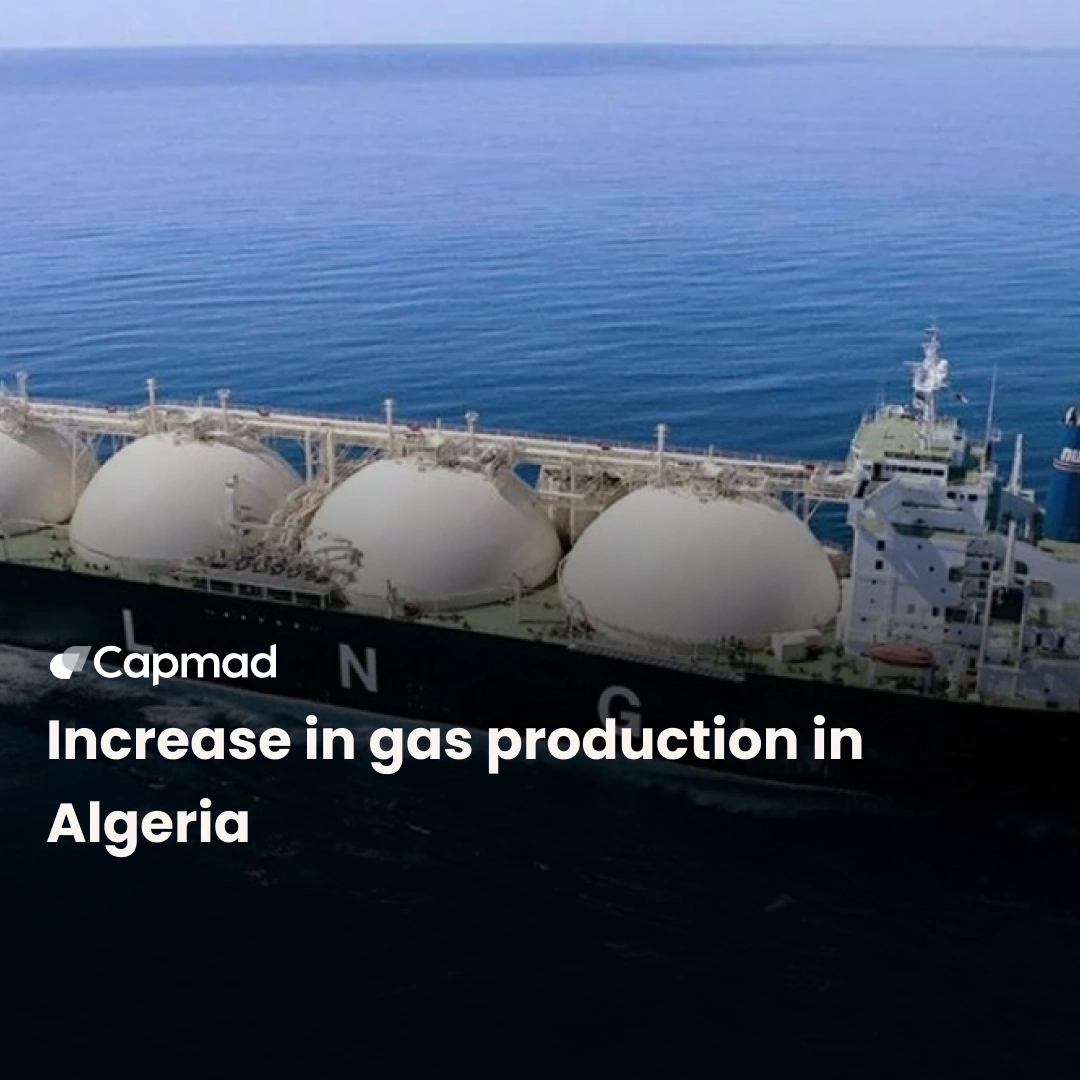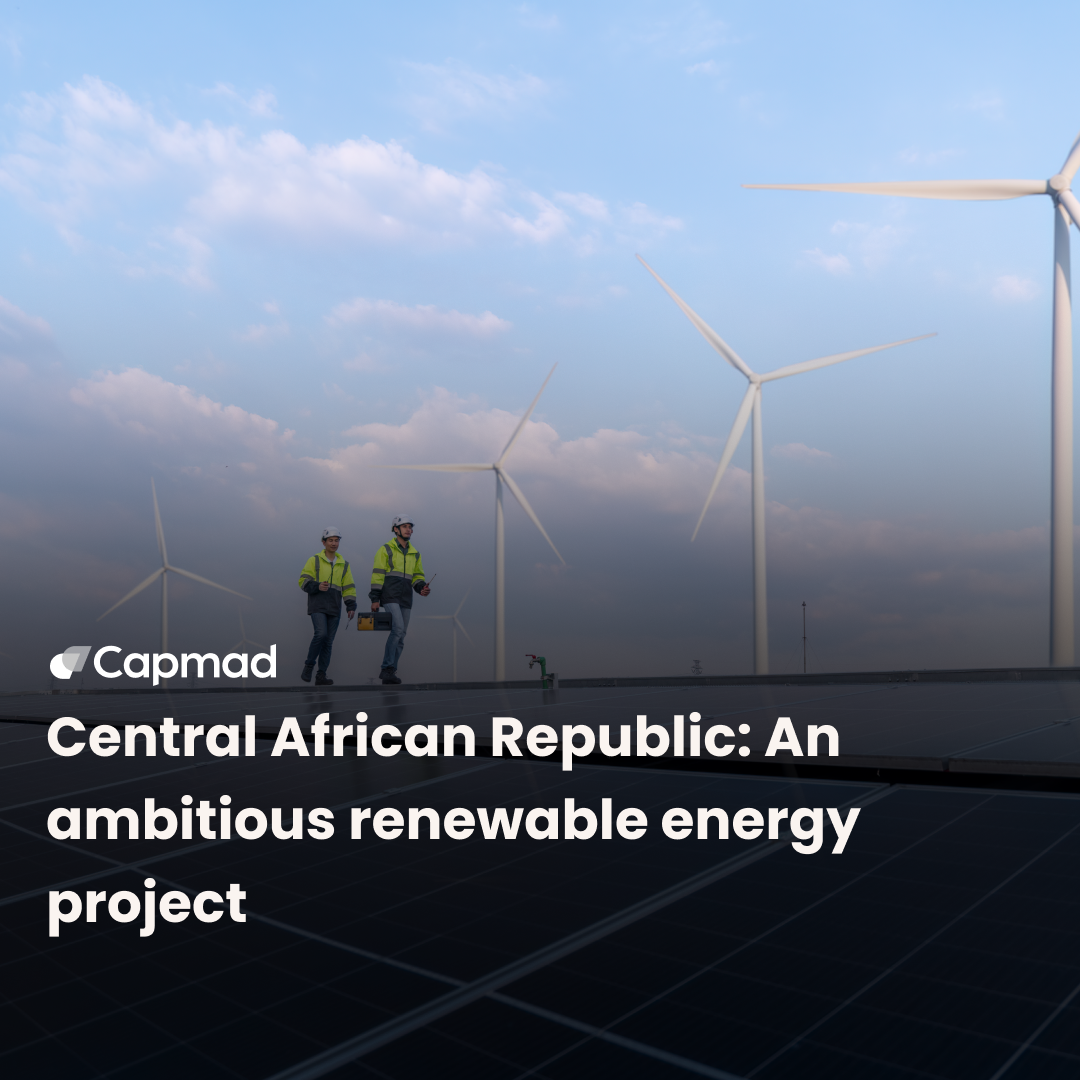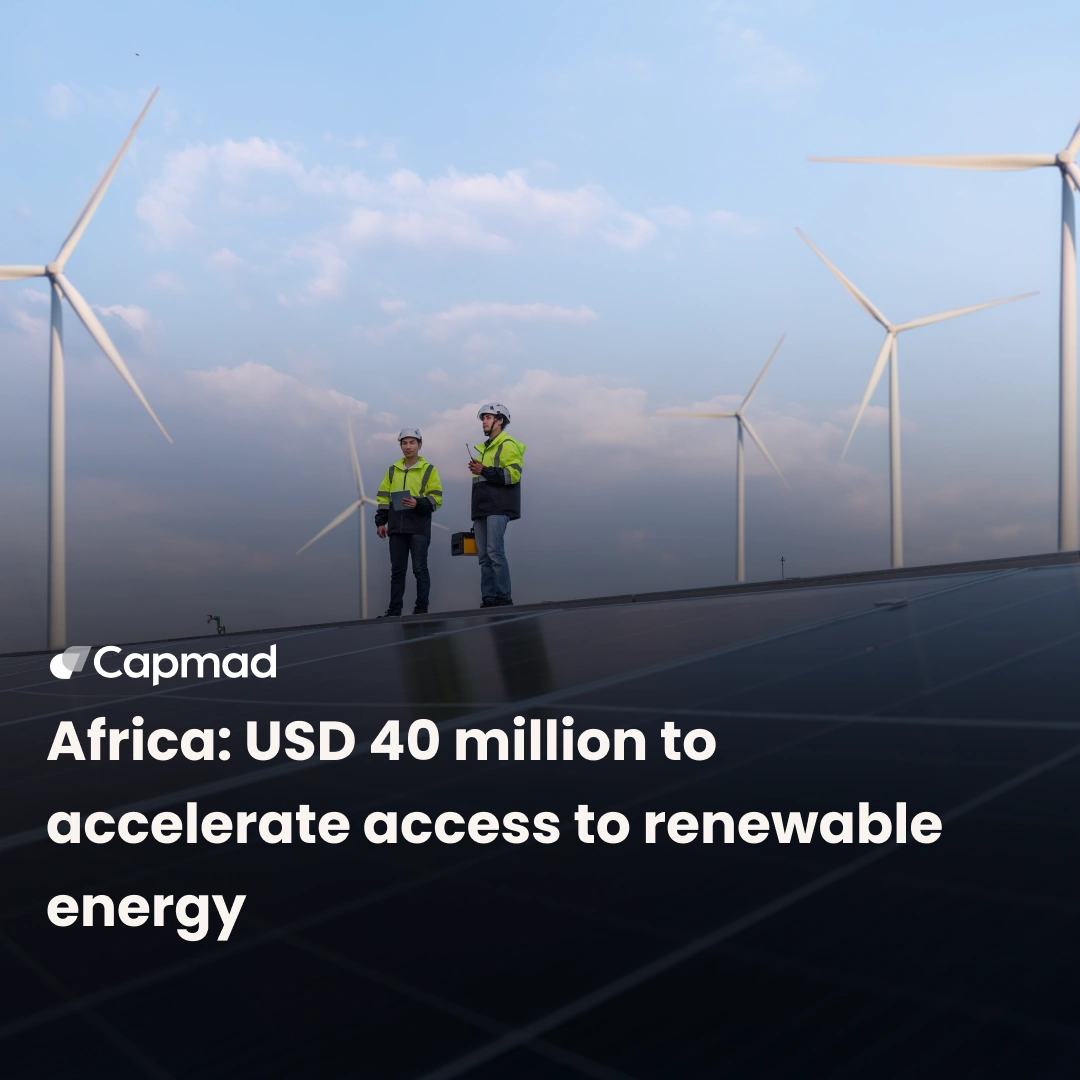Togo is leading the energy transition in Africa thanks to an ambitious strategy focused on solar energy. The country aims for universal access to electricity by 2030 and aims to increase the share of renewable energy to 50% of its installed capacity by 2025.
Dapaong Solar Photovoltaic Power Plant
A flagship project is the Dapaong solar photovoltaic power plant, launched in April 2025, with a capacity of 25 MWp and a storage system of 36 to 40 MWh. This energy site is capable of powering approximately 145,000 people and avoiding 33,600 tons of CO₂ emissions per year. This project, financed by the World Bank and carried out by a Chinese company, illustrates Togo’s commitment to diversifying its energy mix and stabilizing its grid.
Togo is also deploying mini-grids and solar home systems. These are supported by subsidy and training programs, facilitating the widespread adoption of solar energy, particularly in rural areas. Furthermore, the country has signed strategic agreements with international partners, notably to strengthen solar energy storage capacity via modern battery systems. This will improve the continuity of electricity supply.
Partnerships to Transform Togo’s Energy Sector
Togo’s partnerships with RELP and Haier will transform its energy sector by strengthening storage capacity and integrating advanced technologies for its solar power plants.
RELP will provide modern battery energy storage systems to store excess energy produced during the day for release at night or when needed. This will optimize existing infrastructure (such as the Blitta power plant) and support future projects in Sokodé, Dapaong, and Awandjélo. This storage improvement is key to achieving the goal of 50% renewable energy in the energy mix by 2030.
Haier, for its part, will provide advanced technological support, including large-capacity photovoltaic solutions, stabilization systems, and energy management. This partnership aims to optimize the efficiency of solar power plants and support the development of modern energy infrastructure adapted to urban and rural needs.
The Blitta Solar Power Plant in Togo’s Energy Strategy
The Blitta solar power plant is a major pillar of Togo’s energy strategy. With a capacity of 50 MWp, it covers 92 hectares and is equipped with over 123,000 photovoltaic panels. It produces approximately 90,000 MWh per year, supplying nearly 160,000 homes, or approximately 9% of the central region’s energy demand.
This plant, the largest in West Africa, uses solar tracking technology that maximizes panel efficiency. It significantly contributes to reducing CO₂ emissions, with more than one million tons avoided over its lifetime, and reduces Togo’s dependence on energy imports from Nigeria and Ghana.
In addition to increasing access to electricity, particularly in rural areas, it supports Togo’s ambitions to achieve a national electrification rate of 75% by 2025 and 100% by 2030, with a 50% share of renewable energy in the energy mix. The plant is part of a public-private partnership with AMEA Power and receives financing from the West African Development Bank and the Abu Dhabi Development Fund.
Finally, the plant generates significant socio-economic benefits, including the creation of approximately 700 direct and indirect jobs, as well as the transfer of local technological skills. It is a key lever for Togo’s sustainable energy transition and electrical autonomy.


